Tag: environmental monitoring

Capturing Progress from Above: A New Look at Remediation at Mount Polley
June 24, 2025
During the week of June 16, 2025, new aerial drone footage was captured over key areas of the Mount Polley mine site, offering a wide-angle view of the remediation work. Capturing this drone footage is part of our ongoing efforts to document… Read more »

Community Update December 2024
December 16, 2024
Mount Polley has had a productive six months, including progressing on mining operations, supporting local community events, building relationships with First Nations, and advancing environmental stewardship. Read our latest issu… Read more »
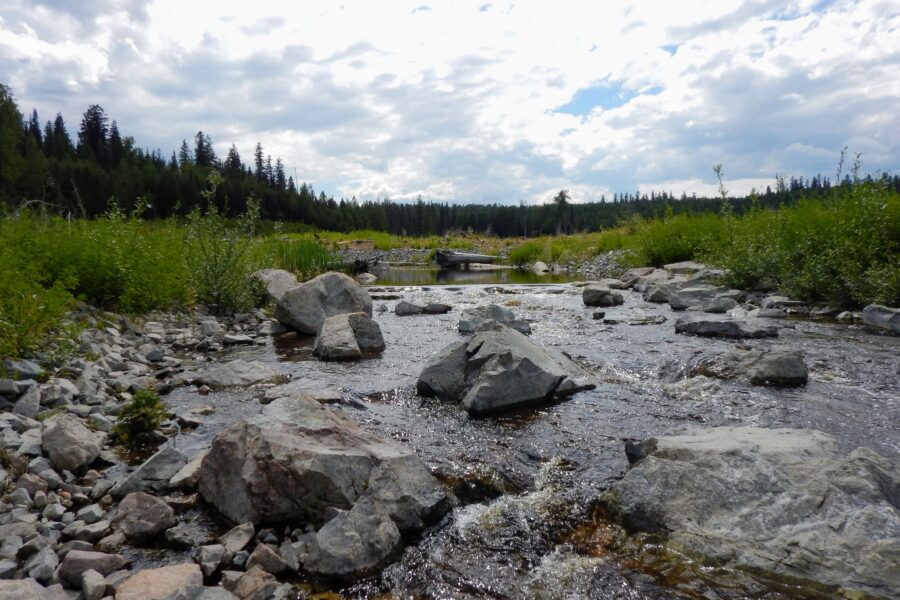

Mount Polley Mine: A Decade of Environmental Restoration and Progress
August 27, 2024
Written by C.D. (‘Lyn) Anglin, Anglin & Associates, North Vancouver BC, and member of the Board of Directors, Imperial Metals.
Ten years ago, the Mount Polley Mine experienced a significant environmental event when its tailings dam… Read more »
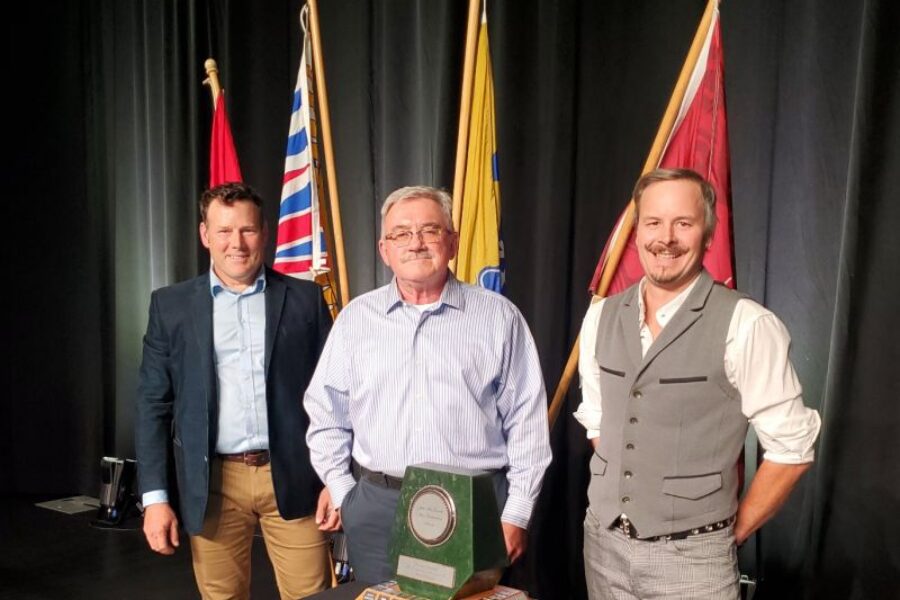

Mount Polley Honoured with Jake McDonald Annual Reclamation Award
October 16, 2023
🌿 Celebrating Excellence in Reclamation: Mount Polley Mining Corporation and Habitat Remediation Working Group Honoured with Jake McDonald Annual Reclamation Award 🌿
Imperial Metals is pleased to share that on September 20, 2023, Mou… Read more »
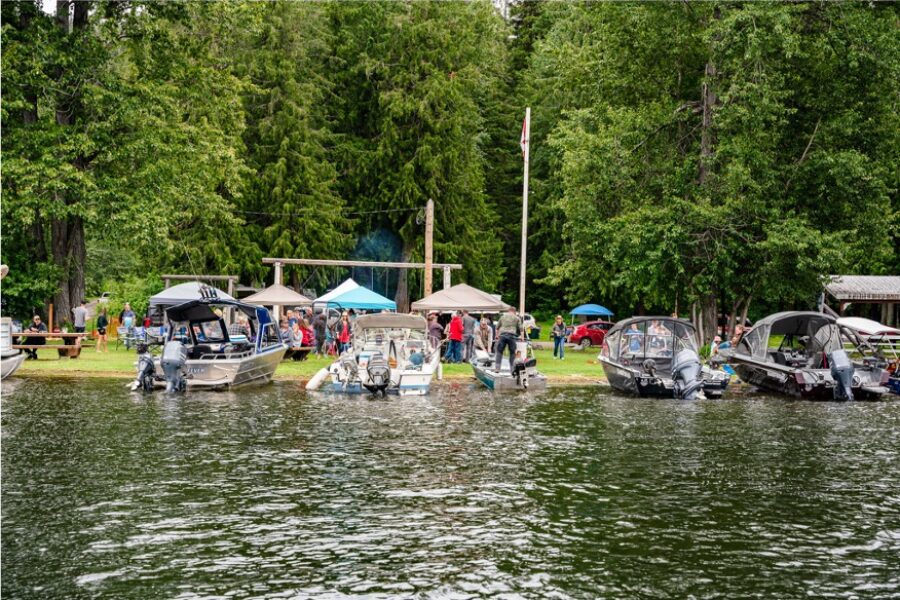

Community Update Q3 2022
February 13, 2023
Salmon Watch
For the second year in a row, significant numbers of adult Sockeye Salmon have been observed using the reconstructed habitat in the lower reaches of Hazeltine and Edney Creeks. Peak observations were made in mid September wit… Read more »
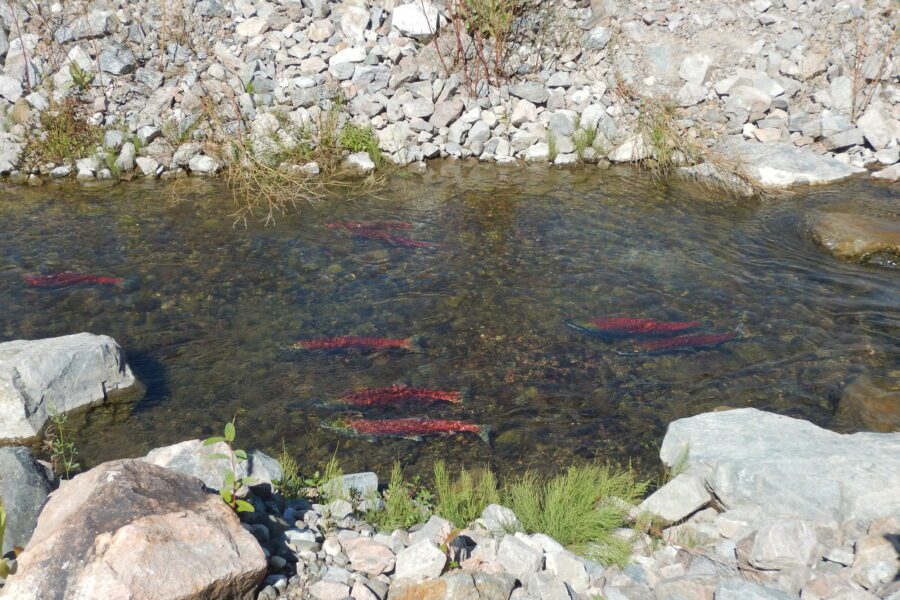

September Sockeye Salmon Run
December 16, 2022
This season we witnessed a great Salmon Run in Hazeltine Creek. Mount Polley’s environmental team along with the support of our environmental consultants at Minnow Environmental have continued to monitor use of the constructed creek ha… Read more »


Community Update Q2 2022
December 2, 2022
A letter from the Mount Polley team
Everyone at Mount Polley Mine has been busy commissioning the mill and preparing the mine for full scale operations. We are at full production mining in the pit, stockpiling materials for future mi… Read more »
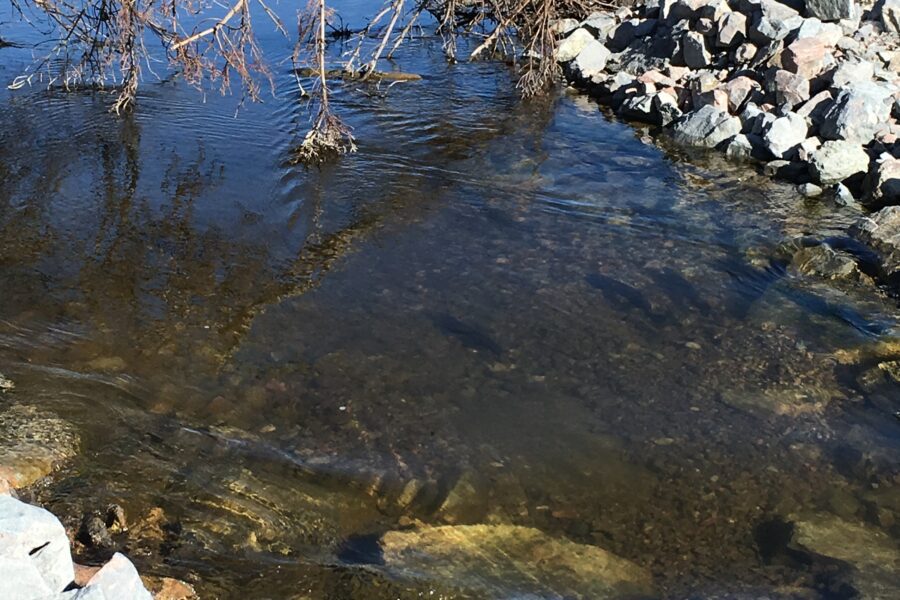

Trout Spawning Activity in Hazeltine Creek at its Highest since 2019
August 3, 2022
Mount Polley is pleased to report there has been an increase in the number of adult rainbow trout and in spawning activity in Hazeltine Creek.
Mount Polley completed a series of annual surveys to count individual adult rainbow trout using t… Read more »
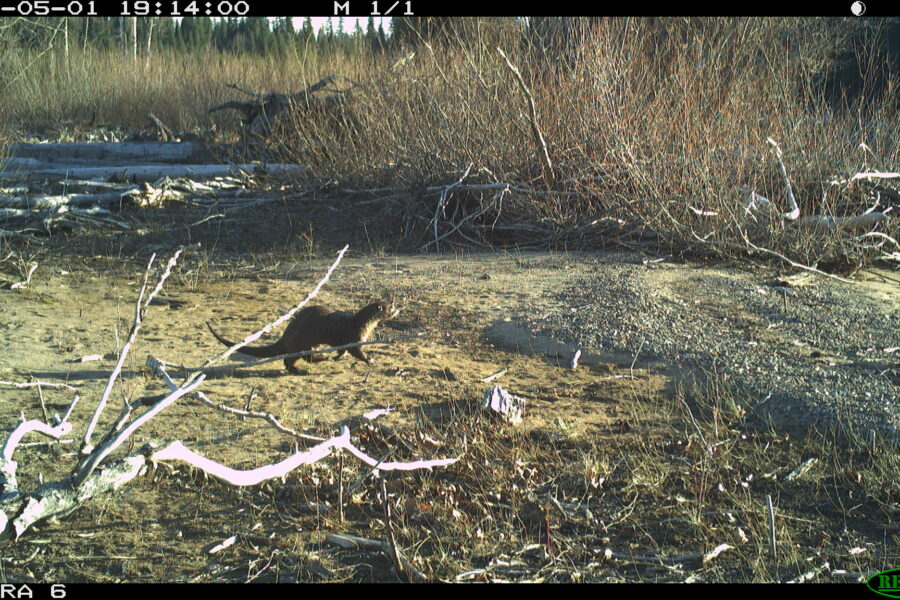

Hazeltine Creek Remediation Wildlife Monitoring Plan Update
October 13, 2021
A Wildlife Monitoring Plan has been implemented in the Hazeltine Creek corridor, utilizing wildlife cameras to build an inventory of animals that are using the corridor to support local wildlife studies.
Environmental monitoring prog… Read more »


A letter from the Mount Polley Team
March 3, 2021
Happy Holidays – we hope that everyone enjoyed a joyous holiday season and wish you all the best for 2021.
A Covid-19 update – Mount Polley employees continue to take additional precautions to minimize the risks of COVID19 tra… Read more »
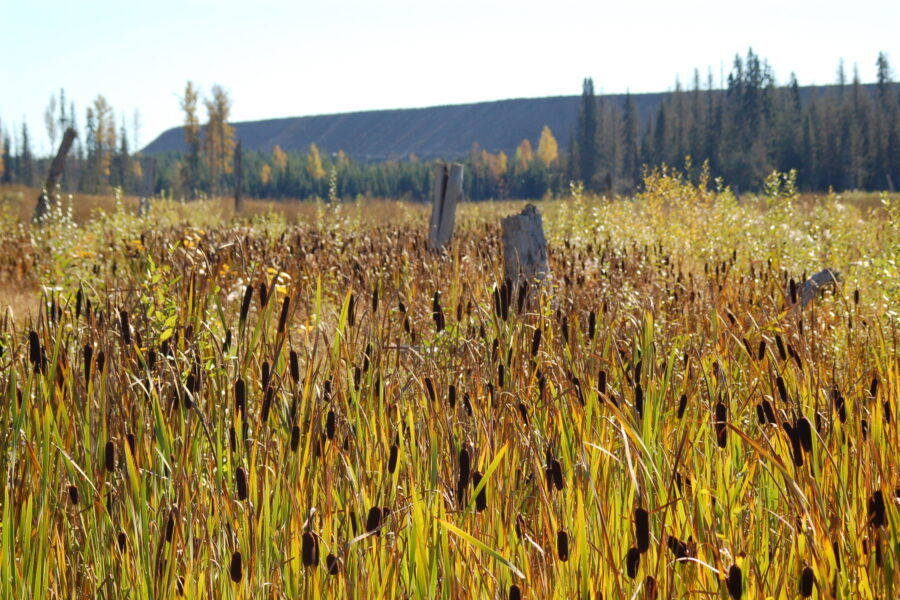

Mount Polley Environmental Monitoring
October 22, 2020
Environmental monitoring programs and closure research projects at Mount
Polley mine site continue as planned. Remediation
construction at the lower Hazeltine Creek and Edney Creek began this summer.
Mount Polley staff, with assista… Read more »
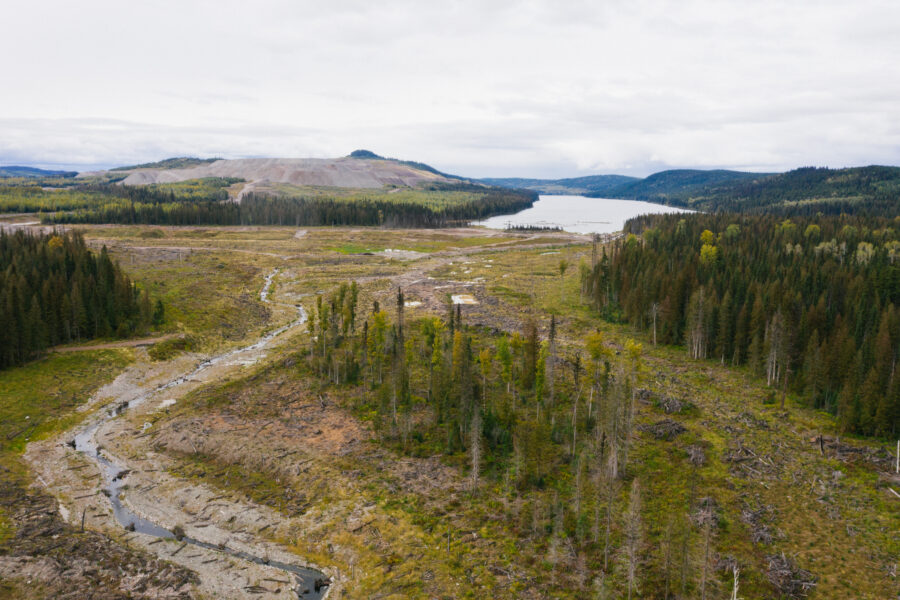

Mount Polley water quality is evidence of remediation
May 25, 2020
Mount Polley takes water quality very seriously. Extensive monitoring is evidencing the effectiveness of the remediation and site water management programs undertaken by Mount Polley.
How is water quality monitored in Polley and Ques… Read more »




Staying connected to the community during Mount Polley’s remediation
April 7, 2020
Did you know that over the past six
years, over 39 community meetings have been organized and hosted by Mount
Polley management and environmental staff?
Mount Polley is committed to the
environment and to ensuring the community is kept up t… Read more »




Mount Polley Remediation’s 2019 Environmental Update
March 23, 2020
Extensive remediation work in the areas affected by the 2014 breach at Mount Polley has been achieved during the past five years.
Over $70 million dollars has been spent on clean-up work, including environmental impact and risk assessmen… Read more »